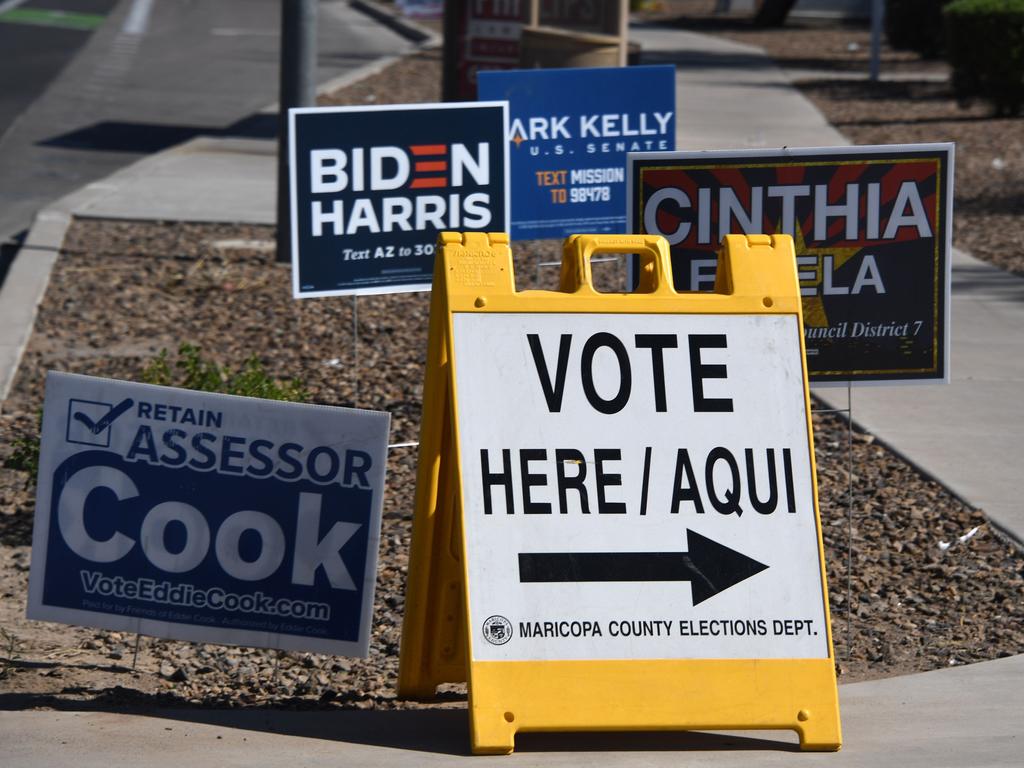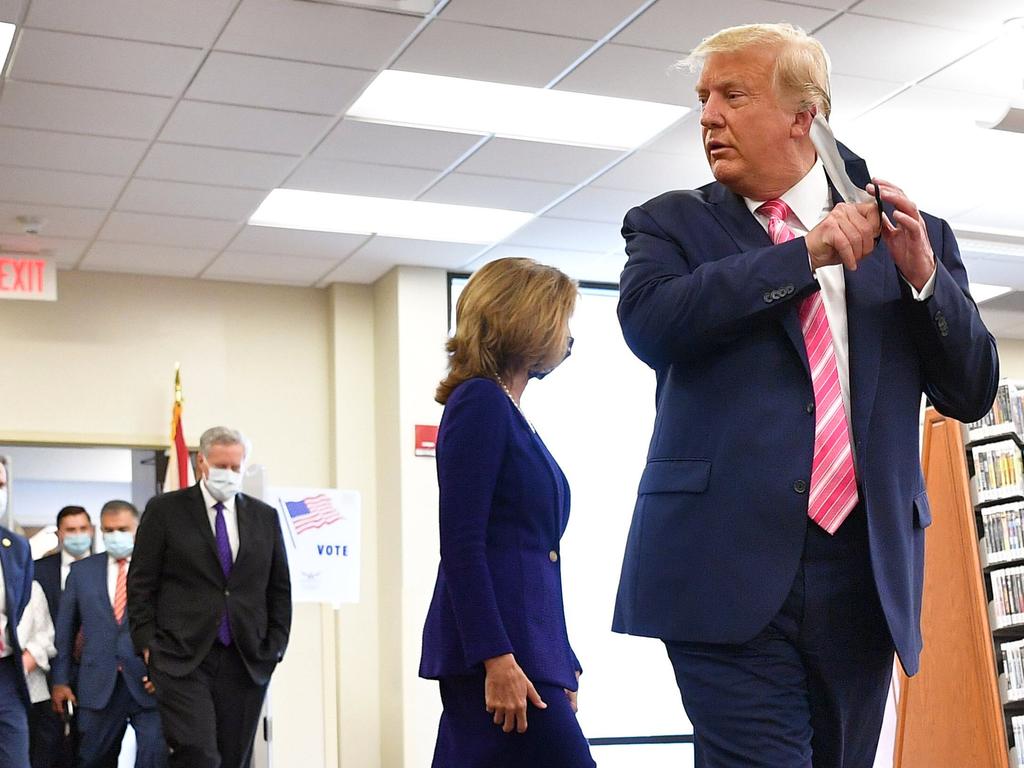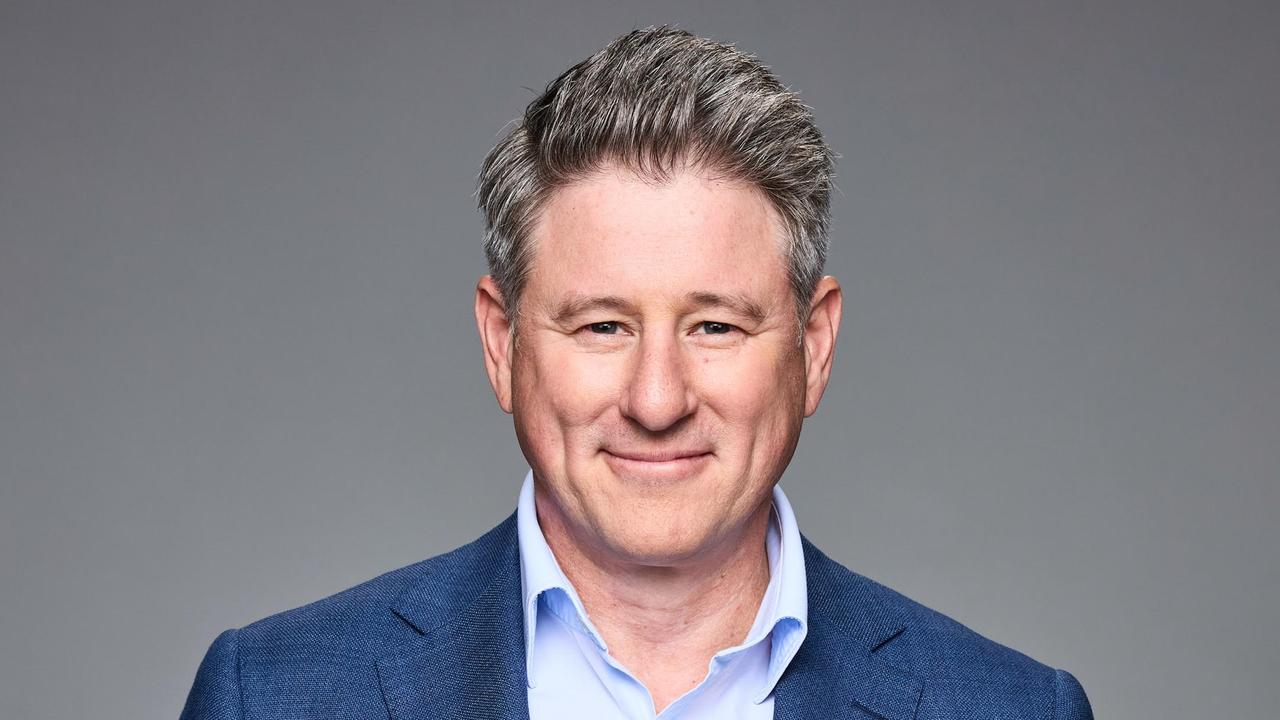
Of course, not every media outlet or journalist has declared their hand about who will be the next president, but the tenor of most media in the US is that the former vice president will win.
Yet this time around, there is a lot more hedging of bets than in 2016. There are surprisingly few blunt “Trump is cooked” articles despite polls which might otherwise suggest a comfortable win, if not a landslide, for Biden on November 3.
This is because much of the US media is still haunted by the 2016 election when most outlets definitively and wrongly predicted that Hillary Clinton would win. The logic was that she was up by 3.2 points on the morning of election day and that was a bridge too far for Trump. But their misplaced confidence also reflected a stunningly lazy city-centric coverage of that election. Not nearly enough American reporters travelled through regional and rural America where they would have, and should have, sniffed out the mood which was far more pro-Trump than was assumed in big city newsrooms.
As such, when Trump won, much of the mostly liberal US media spent the next few months sheepishly trying to explain to their puzzled audience exactly what happened and why.
This time around, there are many logical reasons to think that Trump will not win because the circumstances are worse for him in 2020 than they were in 2016.
These include the fact that Biden’s poll lead is larger and more steady than Clinton’s was at any stage in 2016; pollsters have learned from their mistakes and have adjusted their methods to improve accuracy; Trump is weighed down by a pandemic, a crushed economy and poor approval ratings; and Biden is more popular than Clinton and has yet to make a major gaffe.
And yet the US media remains wary of openly calling the race without qualifying comments about the outside chance of another come-from-behind Trump victory.

“You’re not seeing as much overt coverage of (Trump’s) desperation quite in the same way as in the past,” Rick Berke, former chief political reporter for the New York Times told Politico. “People, after four years ago, feel like they were burned and want to leave open the possibility that he could do it again. So I think reporters are second-guessing themselves and each other in how they cover this race, and they’re being extra-cautious, and it’s understandable because they’re a little bit spooked.”
The unique nature of this COVID-affected 2020 election campaign has also made it more difficult for the media to make predictions with any sense of certainty.
Both the Democrat and Republican Party conventions were virtual, robbing the media of the ability to roam a crowded convention floor to assess the state of each campaign. Biden has run a remarkably low profile, COVID-cautious campaign with barely any crowds and limited pooled-press. It is impossible for reporters to get a solid on-the-ground, grassroots feel for the public mood towards Biden when he is largely locked away from the normal human interaction of the election trail.
Trump is, of course, the polar opposite, barnstorming the country with crowded rallies and being far more willing than Biden to speak to the media at every turn.
As a result Trump hogs the spotlight, while Biden lurks in the shadows, making apples-for-apples comparisons tricky.
Then there are other one-off oddities, such as the huge amount of mail-in and early in-person voting that has taken place because of the pandemic. Who will this favour and by how much? Everyone has theories but this is new territory so no one can be sure.
Add to this the mystery of the so-called “shy Trump voter” — the fact many Trump supporters don’t display their hands to their friends, their families and certainly not pollsters, until election day. That’s what happened in 2016, so why wouldn’t it happen again?
Trump calls them his “silent majority” but how silent are they and how many of them are there?
Like many other US-based reporters, I have spent countless hours on the road during this campaign driving through the swing states talking to voters in their front yards, in diners and on the street. The impression I get is similar to what I saw in 2016 in that there is more obvious, and certainly more vocal, support for Trump out in these states than is reflected in the polls.
But this is merely anecdotal and the polls once again claim that this doesn’t reflect majority opinion.
As veteran Republican strategist Karl Rove put it this week about predicting a winner: “The race is so unsettling in part because it doesn’t feel and hasn’t played out like a normal presidential election.
“With so many of the normal markers broken or unavailable, so much new and unknown, we’re in largely uncharted territory. That’s an argument for modesty rather than certainty from us all.”
So on that note, here is a bold prediction — Biden will win hands down.
Except if he doesn’t.
Cameron Stewart is a US contributor for Sky News Australia







The US media is approaching its “egg on your face” moment as election day nears and we learn whether their punditry predicting a Joe Biden victory over Donald Trump is correct.